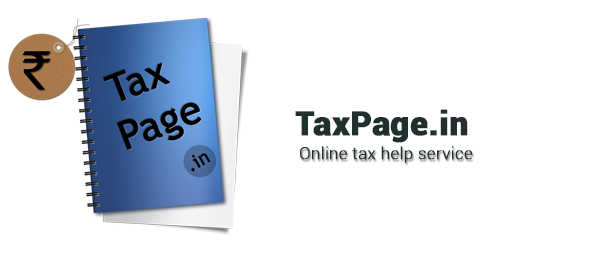 There are some apprehensions in the trade circles that suppliers of goods have to issue GST invoices as per the prescribed format and that issuing invoice is going to be burdensome process. This is false. First of all, the invoice becomes a basic document for recording the sale or purchase in books of accounts. And invoicing forms a crucial function when it comes to the execution of a transaction. Following are some significant truth about GST provisions relating invoicing for knowledge of all stakeholders.
There are some apprehensions in the trade circles that suppliers of goods have to issue GST invoices as per the prescribed format and that issuing invoice is going to be burdensome process. This is false. First of all, the invoice becomes a basic document for recording the sale or purchase in books of accounts. And invoicing forms a crucial function when it comes to the execution of a transaction. Following are some significant truth about GST provisions relating invoicing for knowledge of all stakeholders.
In the GST regime, taxpayers will issue two types of invoices:
- Tax invoice &
- Bill of Supply
Significant details about Tax Invoice:
- All GST taxpayers are free to design their own invoice format.
- GST Law only requires that the invoice contains certain fields mandatorily.
- The time period prescribed for issuing invoice is different for goods & services.
- So for goods, it is any time before its delivery
- And, for services, it is within 30 days from the date of supply of service.
- Small taxpayers, like small retailers, doing a large number of small transactions for upto a value of Rs. 200 per transaction to unregistered customers need not issue invoice for every such transaction. They can issue one consolidated invoice at the end of each day for all transactions done during the day. However, they should issue the invoice where the customers so demanded.
- In normal circumstances, transporter should carry one copy of invoice.
- However, GSTN provides a facility to obtain an invoice reference number and if a taxpayer has generated this number, during transportation paper invoice does not need to accompany his goods.
- This mechanism helps to address frequently reported problems like paper invoices getting misplaced, mutilated, torn or lost in course of transportation of goods.
- In order to keep compliance burden low for small taxpayers, GST Law provides that taxpayers with annual turnover upto Rs. 1.5 crore need not mention the HSN Code of the goods in the invoices.
- Keeping in view the large number of transactions in the banking, insurance and passenger transport sector, taxpayers need not mention the address of the customer and the serial number in their invoices.
- Where the suppliers transport goods for delivery but supplying quantity is puzzling at the time of removal, supplier may remove the goods on delivery challan and may issue invoice after delivery.
- No need to issue separate bill of supply if supplier issued VAT invoice for non-taxable supplies.
In conclusion, it’s easy to create GST invoices. Much as the government has clarified rules of invoicing under GST along with a template of invoice. So it is better to issue invoices on the same lines.
